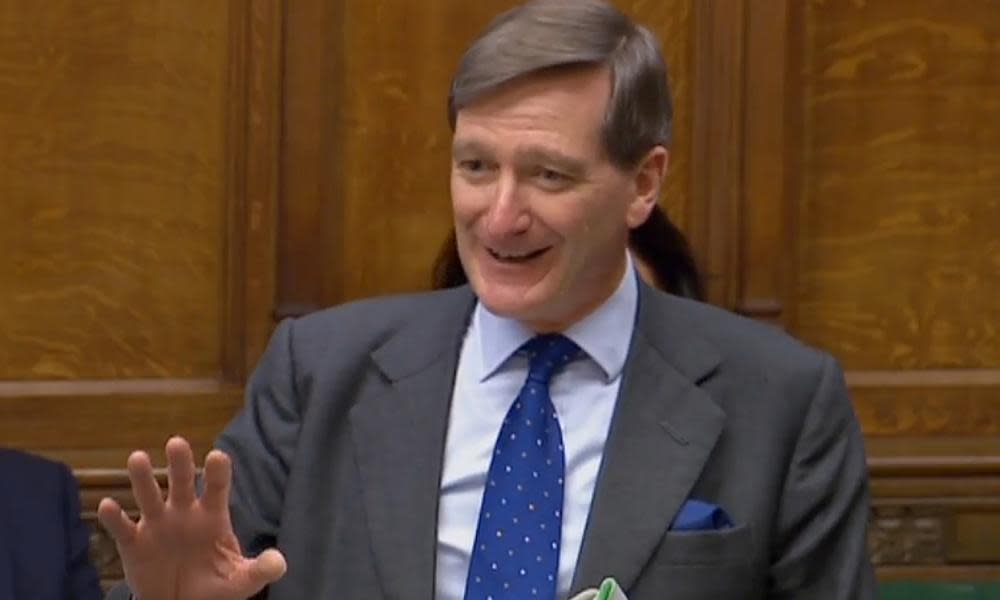Brexit 'meaningful vote': how the row has unfolded

A much-debated and much-amended section of the EU withdrawal bill returns to the Commons on Wednesday for a potentially crucial vote. Amendment 19 seeks to give parliament a final say on a Brexit deal – but how much say has varied wildly between its various incarnations. This is its progress so far:
Original Lords amendment
Tabled by the former Tory minister Douglas Hogg, now Lord Hailsham, and passed by the Lords on 12 June by a majority of 26, this amendment sought to give parliament significant powers to approve any final deal.
It said the government could only conclude a Brexit deal if the draft had been approved by MPs and considered in the Lords. It said this should happen, “so far as practicable”, before the European parliament debated and voted on the draft agreement. A deal could be implemented only “if parliament has approved the withdrawal agreement and any transitional measures”.
Last-minute deal in the Commons on ‘Grieve 1’
With the government facing defeat last Tuesday, Theresa May called Tory rebels to her office to offer a compromise: if they did not vote through the Hailsham amendment, the government would put through its own version.
This would still give parliament a meaningful vote but would use elements of another amendment proposed by Dominic Grieve, the former attorney general and leader of the rebels, which set out particular timetables for the vote.
The government offers its own amendment
Although the eventual government amendment, published on Thursday, did include elements of Grieve’s version – it said a motion must be put before parliament within seven days of the government saying it has reached a final deal, with a government response due within 14 days – it dismayed rebels.
The key difference is that the government motion could only be considered “in neutral terms”, meaning it could not be amended. Rebels argued this made the proposed vote a take-it-or-leave-it choice of accepting a deal or crashing out of the EU, not giving MPs the chance to suggest or direct another course of action.
The Lords passes ‘Grieve 2’
More accurately, this was both Grieve 2 and Hailsham 2, in that Hogg again proposed the motion. This was passed by peers on Monday evening by a bigger margin than the first amendment – a majority of 119. The new amendment would give parliament a say if MPs vote down a deal or if there is no deal reached by 21 January 2019.
While this version would allow MPs to amend a government motion, the effect of any direction they give would have no legal basis. It would put great political pressure on ministers to follow parliament’s lead, but if they did not then this could not be challenged in the courts.
The battle returns to the Commons
The government has put in place a three-line whip for Tory MPs for the amendment’s return on Wednesday and hopes to defeat it. Downing Street has said the government will table its own amendment again, without any changes or compromise deal with the rebels.
No 10 has said it cannot accept Grieve 2, arguing it would tie the government’s hands and make a good deal less likely.

 Yahoo News
Yahoo News 
